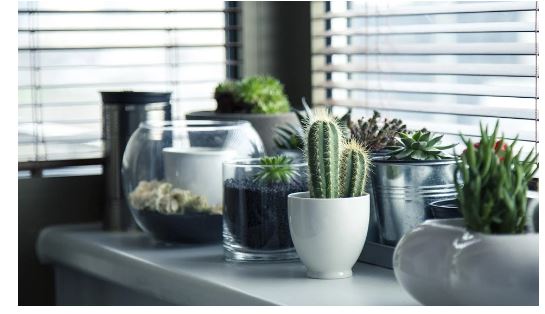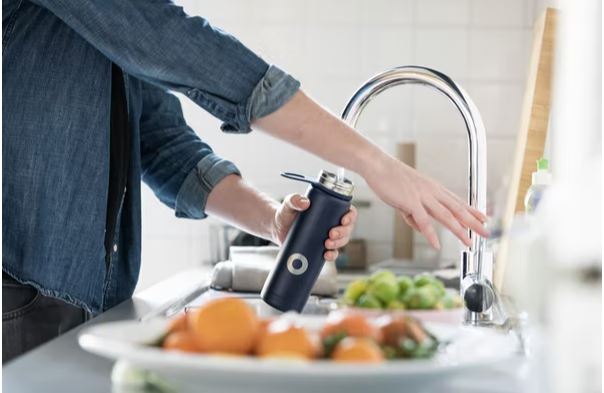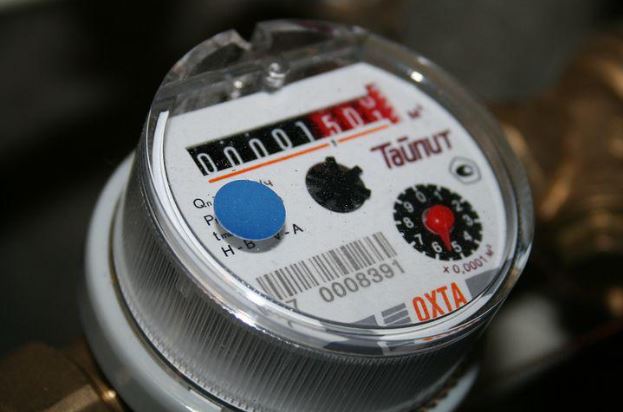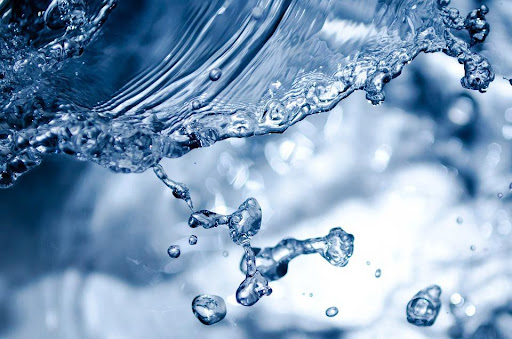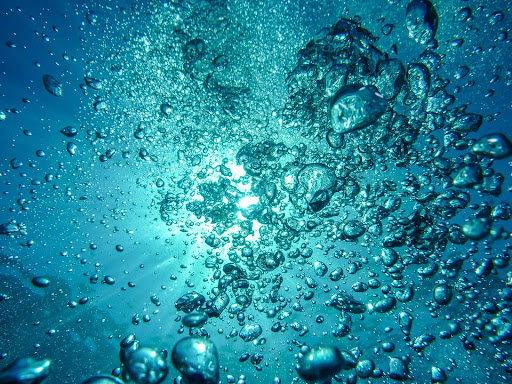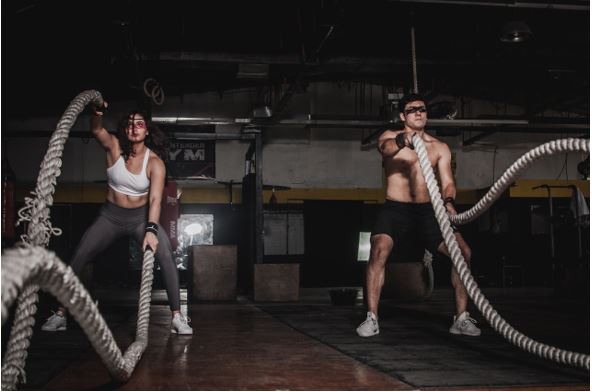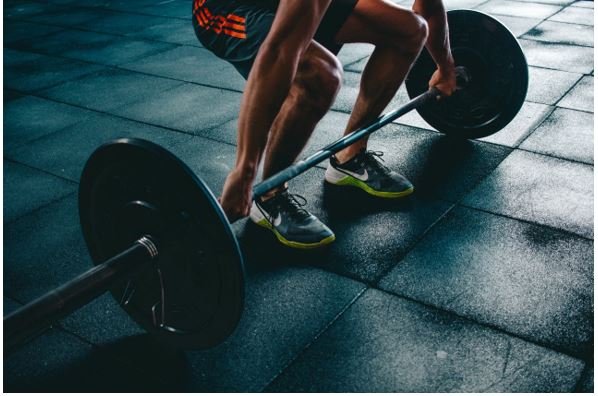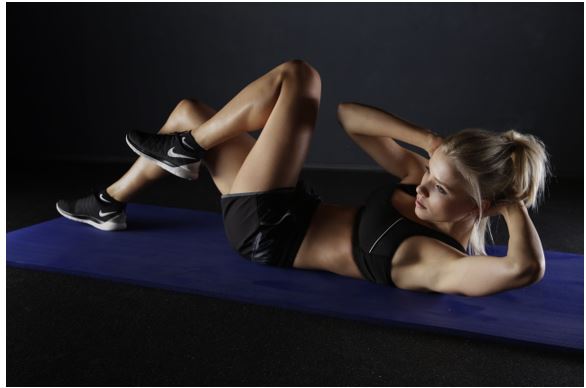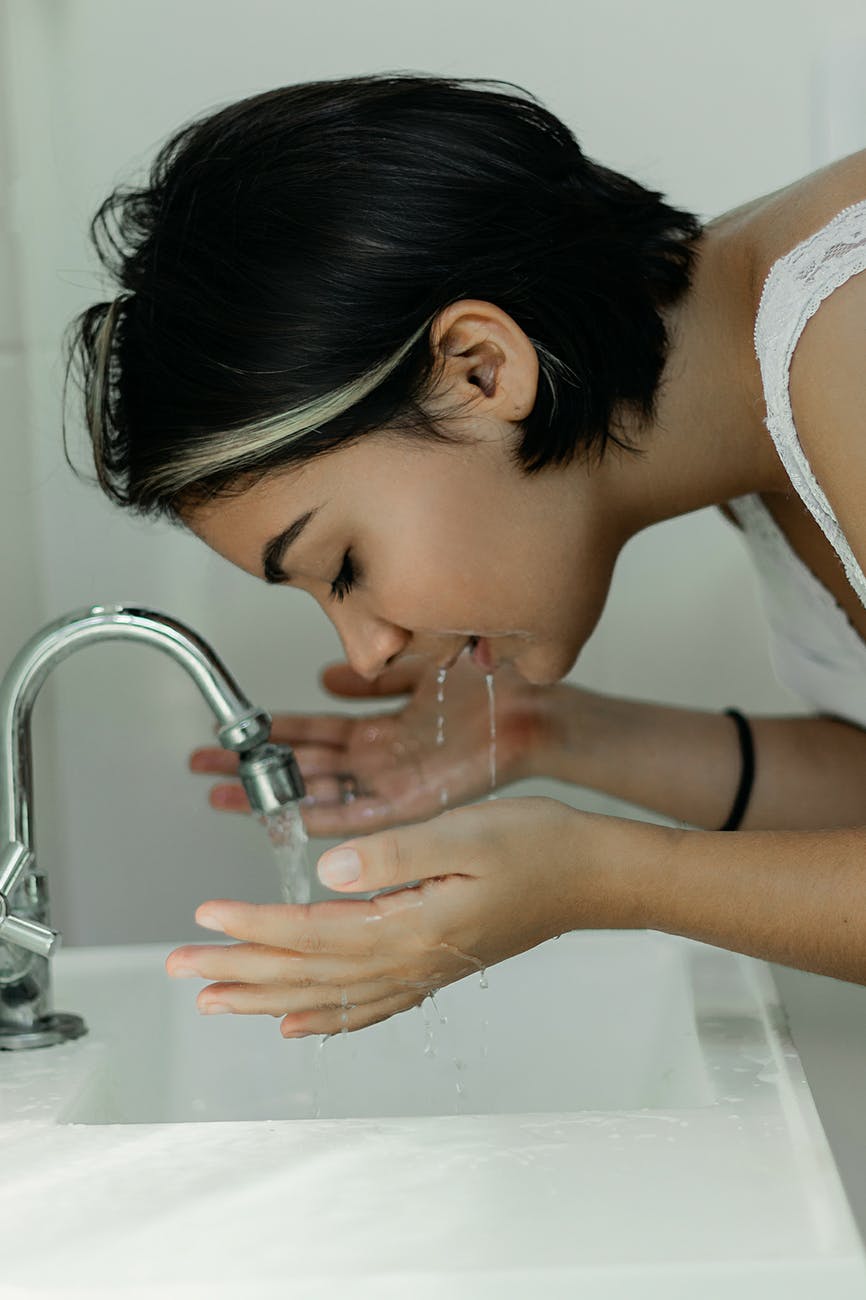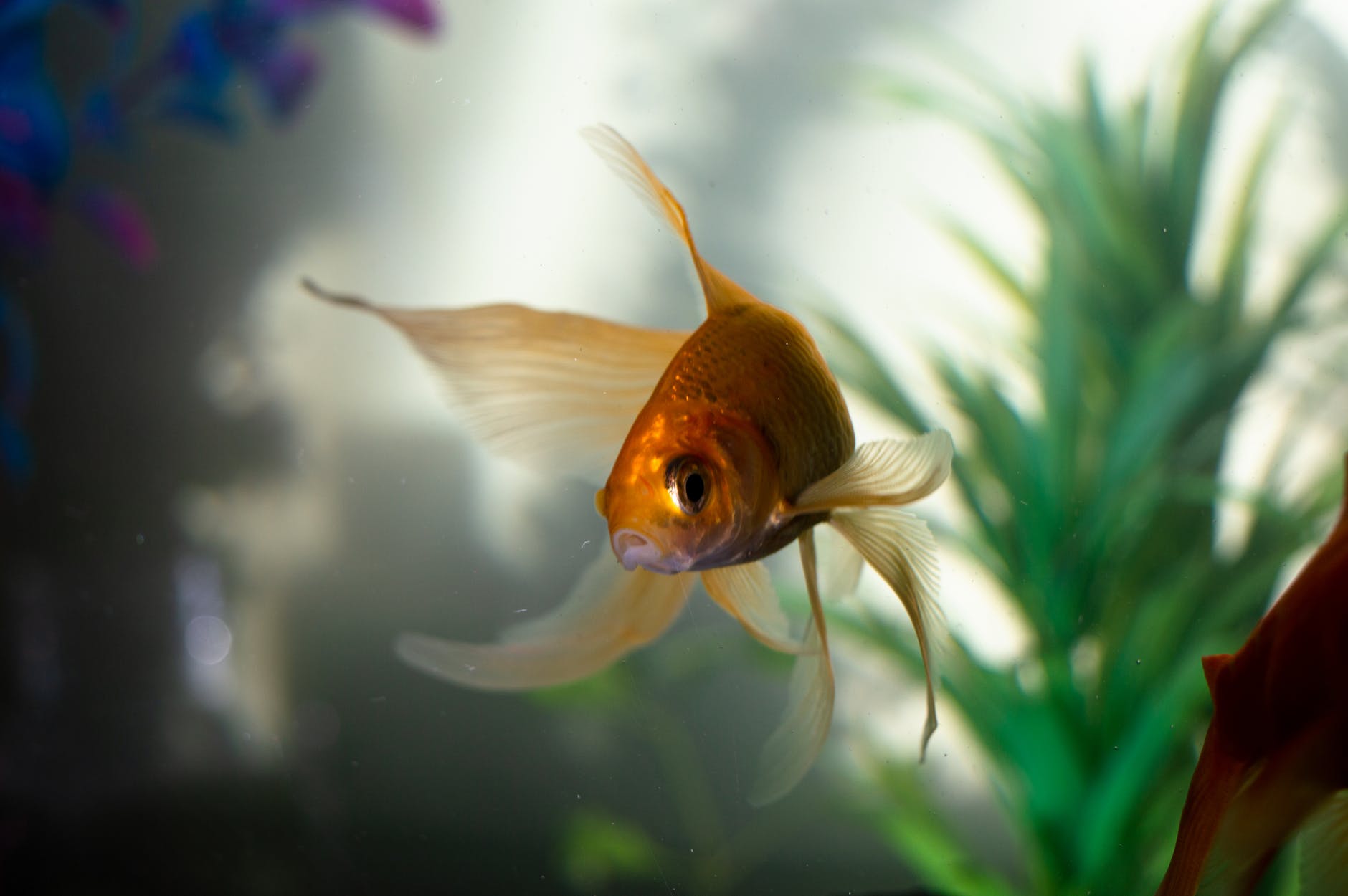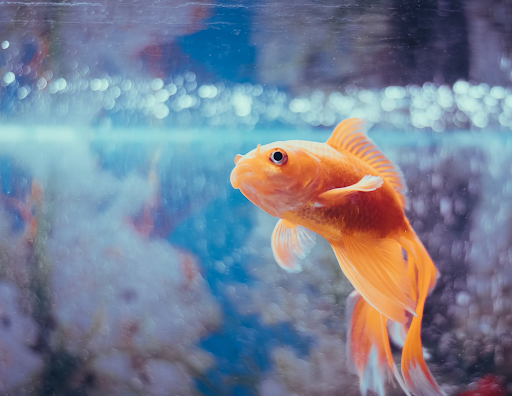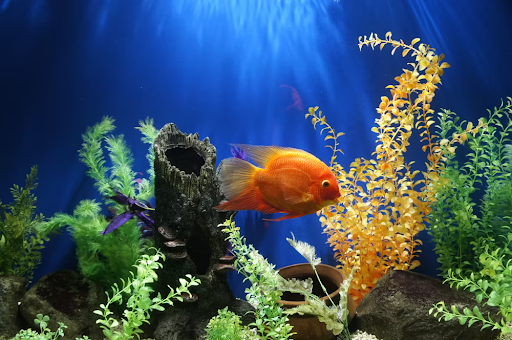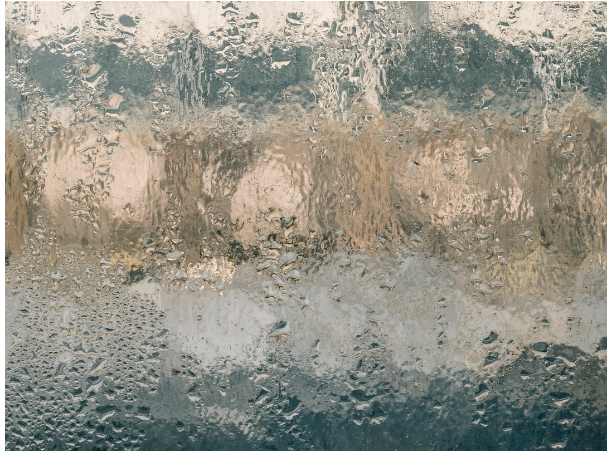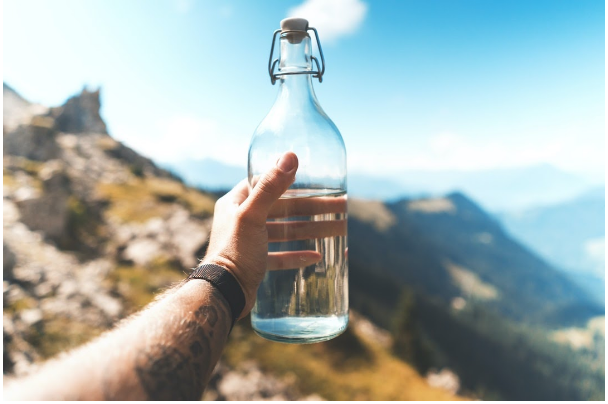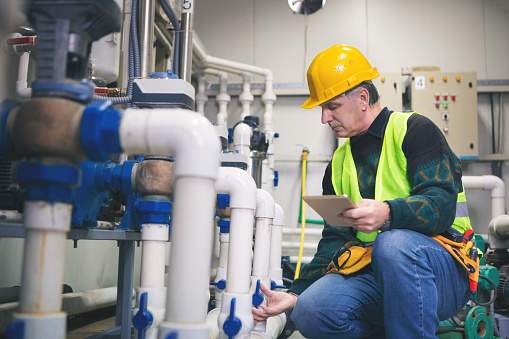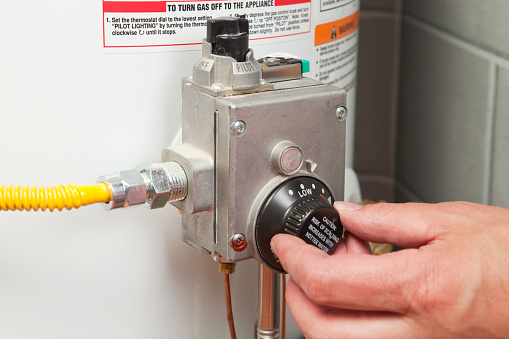What to Look For When Choosing the Best Plumber For Your Plumbing Needs
Most likely, there is a good chance that you have previously been surprised by unanticipated instances of plumbing issues such as leaking pipes, clogged drains, and other types of plumbing problems. After the issue was resolved, you may have thought that the plumber you had discovered could help you get out of your predicament only for the troubles to return a few months right after the issue was fixed. As a result, it is strongly recommended that you look for a plumber as soon as possible after moving into or starting to live in your new house. But first things first, you need to know when exactly to call your emergency plumber so that the situation you’re in does not get any worse.
Reasons to Call the Plumber
Before you go right into things, you need to be aware of the situations in which you should start making calls to your plumber in order to stop further problems from occurring within your plumbing system.
Multiple Clogged Drainages
One of the most common sources of any homeowner’s frustrations when it comes to their plumbing situations is clogged drains. These issues prevent you from using specific plumbing appliances or fixtures and cause great hassle for most. Most likely, you have tried using hot water, vinegar, baking soda, or a basic plunger to unclog the drain. However, when dealing with multiple clogs, simple “elbow grease” would simply not work. These times, you need to call in a professional.
Toilet Overflow
If you have ever experienced an overflowing toilet, most likely you might have gone into a great panic. The good thing is that when the tank has lost all of its water, there won’t be any overflow as long as you do not flush the toilet once again after it has been drained. Unfortunately, the damage can not be undone. Once the toilet has overflowed, the problem can no longer be fixed with just a plunger. By then, it is the right time to call your emergency plumber’s number.
Bursted Pipes
Pipe bursts are a common occurrence during winter time but they can still happen at any point in time, therefore you should be well knowledgeable on how to handle these issues before it worsens. The bursting of pipes can cause serious plumbing emergencies which can result in gallons of water being released within a few minutes, causing your home permanent damage.
Drop-in Water Pressure
Yes, as you might think, a sudden loss in water pressure may be an indication that one of your pipes may possibly have burst. In contrast to its slow decline, however, it is an indication of leakage. At this point, it is the best time to call your plumber.
Loss of hot water
There is no denying the significance of this. It doesn’t matter if you’re going to take a shower or wash the dishes; you need your water heater to function properly. And it’s possible that your water heater is working properly. Hot water is essential, regardless of your intended use for it. Whether it be for showers or washing dishes, you need your water heater to function properly. If ever you experience hot water loss, it is possible that your hot water line has developed a leak.
Slab Leaks
Leaks in the slab are among one of the most difficult to spot and locate of all known plumbing leaks. You might have a slab leak if you notice these strange signs, such as hot or cold spots on your ground or hearing running water under your feet. Now that you are aware of the right moments to contact your emergency plumber, you should also know how to look for the most qualified one. A plumber that you know can fix all of your plumbing worries.
How Do You Search for the Best Plumber?
After going over all of the major plumbing problems that you might encounter, you should know what to look for from your emergency plumbers.
Ask for their credentials.
Checking any of a plumber’s available credentials is one of the first things you should do when trying to determine whether a plumber is qualified to work on your home. Under the law, all plumbers are required to obtain their licenses from all jurisdictions before being allowed to work. One of the most effective ways to see if the company they are in possesses the necessary licenses from the local authorities is to check online.
Examine their professionalism.
Maintaining a high level of professionalism is necessary for a plumber. This includes the following character traits:
Excellent Communication Skills
A good plumber communicates effectively with their clients using a simple and straightforward manner, which makes it easier for others to comprehend, and this prevents misunderstandings.
Appearance
Take note of how they present themselves, as good plumbing companies are known to take great pride in their appearance.
Organization Capabilities
Plumbing companies should have made proper arrangements regarding their invoices and should have organized handling of their schedules readily available so that it is streamlined into a process.
Check the costs of service.
As a consumer, it is your responsibility to be aware of the items for which you will be charged as well as the reason for these underlying prices. A professional plumbing company should be able to provide you with an estimate of the service cost.
Review Other Customers’ Feedback
Before settling on a plumbing company, you should always look into their references and read any current reviews that have been written about their services. No credible company would have a reason to hide its reviews from the public.
Key Takeaways
Always take time to consider various factors when choosing your emergency plumbing service in order to ensure the longevity of your home’s functionality. Examine their backgrounds, credentials, communication skills, sense of professionalism, and public reviews to ensure the legitimacy of their work and their ability to provide you with the utmost satisfactory service.

